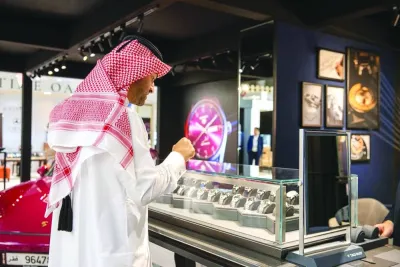Qatar Museums will open on Thursday at the Museum of Islamic Art (MIA) the first exhibition dedicated to boxing legend and activist Muhammad Ali since his death on June 3.
Titled ‘Muhammad Ali: Tribute to a Legend,’ the exhibition brings together 22 artefacts spanning the first 18 years of his 21-year professional boxing career from 1960 to 1978.
Organised under the patronage of Qatar Museums chairperson HE Sheikha Al Mayassa bint Hamad bin Khalifa al-Thani, this unique collection of artefacts has been curated under the auspices of the 3-2-1 Olympic and Sports Museum, which will be housed permanently at the redeveloped Khalifa International Stadium.
“We have his boxing gloves, the original draft letter he wrote to exempt himself, citing various reasons why he did not want to go to Vietnam to fight,” Olympic and Sports Museum head of Conservation Susan Rees said at the press preview yesterday.
Ali refused the draft to the US armed services in 1966 saying he was a ‘minister of religion,’ a reason that forbids him to go to war. He was then banned from boxing and caused him to lose his world title from 1966 to 1971.
However, Ali’s conviction was overturned on appeal and he returned to the ring in 1970. He visited Doha for an exhibition fight the following year.
The MIA official said the temporary exhibition is about honouring the life and achievements of the three-time world heavyweight boxing champion. He was known as Cassius Clay before converting to Islam.
The first of the two sections shows Ali’s fighting career: the fights he won and some of the famous and controversial ones such as his encounter with
Sonny Liston.
“It is a fight which people are still debating up to this day whether Liston was actually knocked down or not, so we have the gloves (and original photo) from that fight,”
Rees noted.
The same section also presents a press photo (signed by both boxers) of the “Thrilla in Manila” bout against Joe Frazier in the Philippines in 1975.
This section also includes Ali’s boxing gloves from his other fights and a separate glove that he signed personally after winning a bout before going to the Olympics in 1960. It also displays his championship ring when he won three world championship titles as well as some memorabilia from his fight in Syair in the 1970s.
According to Rees, the second section has more of Ali’s achievements and publicity around his life, and his two visits to Doha: one in 1971 and the
second was in 1991.
“We have some really great footage from that visit, which is showing in the auditorium next to the exhibition,” she noted.
The official pointed out they have some original news clippings from his 1991 visit when he toured the National Museum of Qatar, as well as a couple of photographs during his two
visits to Qatar.
The exhibition also features an original script from the film, which was created about
Ali’s life in Hollywood.
Rees said most of the objects at the exhibition are from the Qatar Olympic and Sports Museum collection while some items such as the ‘draft exemption letter’ came from private lenders.
Asked about plans to make the exhibition permanent, she said a lot of the items will go to a section at the Khalifa International Stadium dedicated for various athletes.
“For many in Qatar and throughout the Arab world, Muhammad Ali truly was ‘the greatest’ – an icon and inspiration as an athlete and a man. This retrospective celebrates that, and his life following his sad passing,” Qatar Museums consultant
Khalid Yousef al-Ibrahim said.
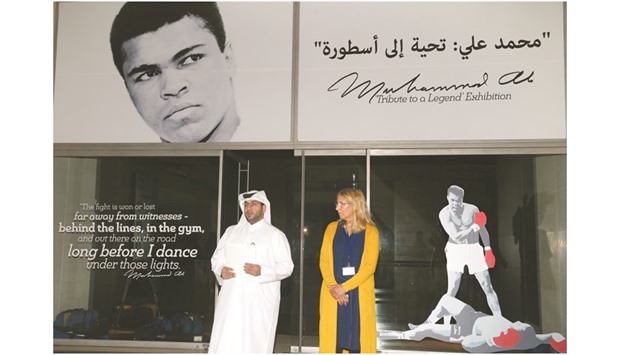
Al-Othman and Rees speak to reporters yesterday at the press preview of the exhibition yesterday.
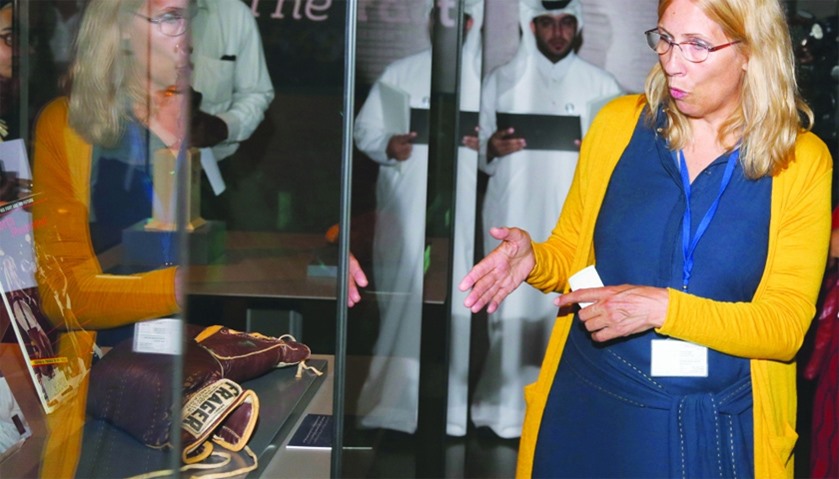
Olympic and Sports Museum head of Conservation Susan Rees
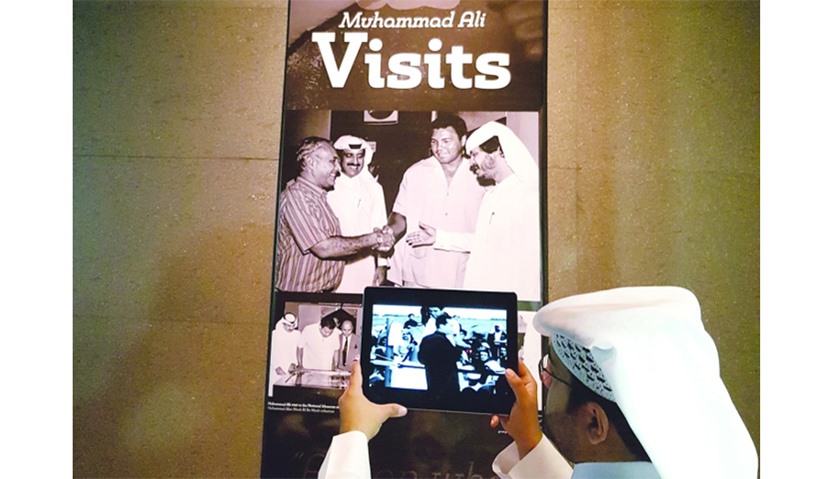
Qatar Museums Public and International Relations director Mohamed al-Othman
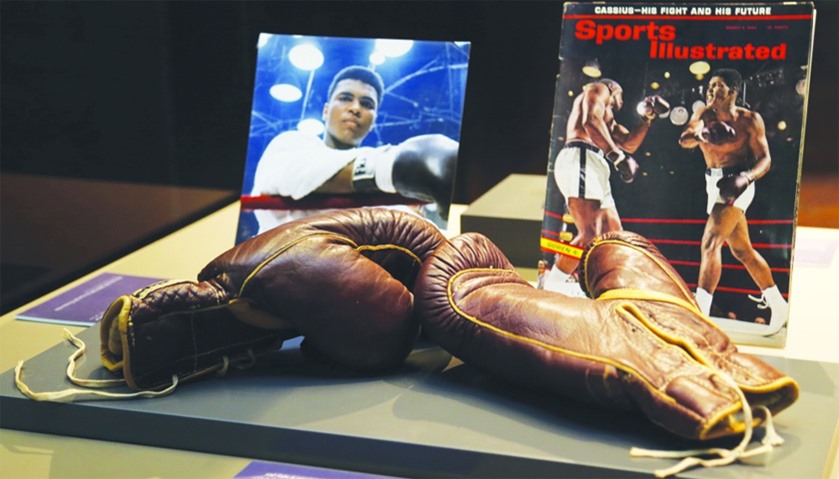
The gloves used by Ali during his first fight against Liston in 1964.
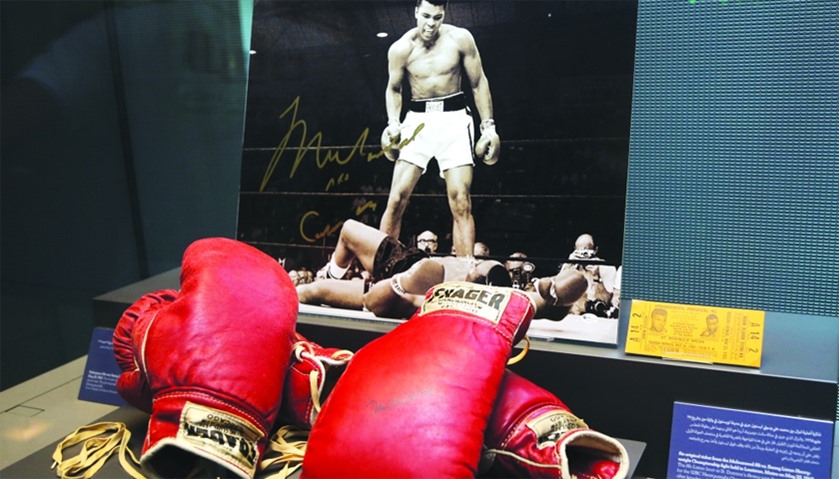
Muhammad Ali - Tribute to a Legend exhibition
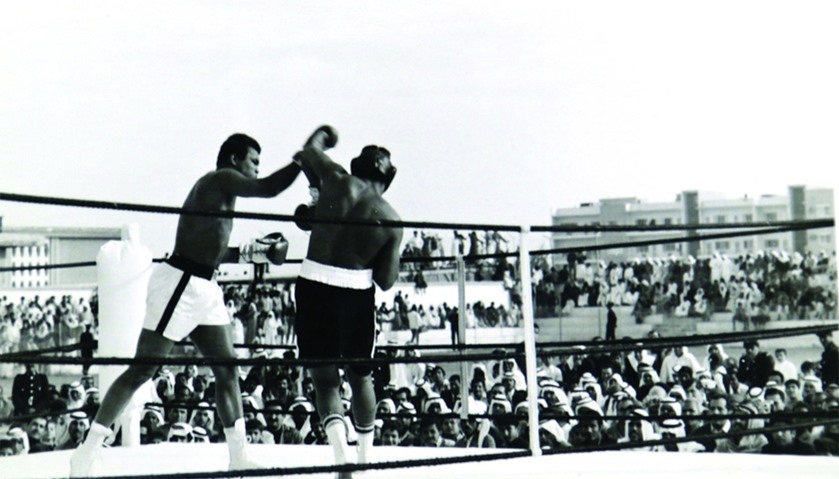
Muhammad Ali - Tribute to a Legend exhibition
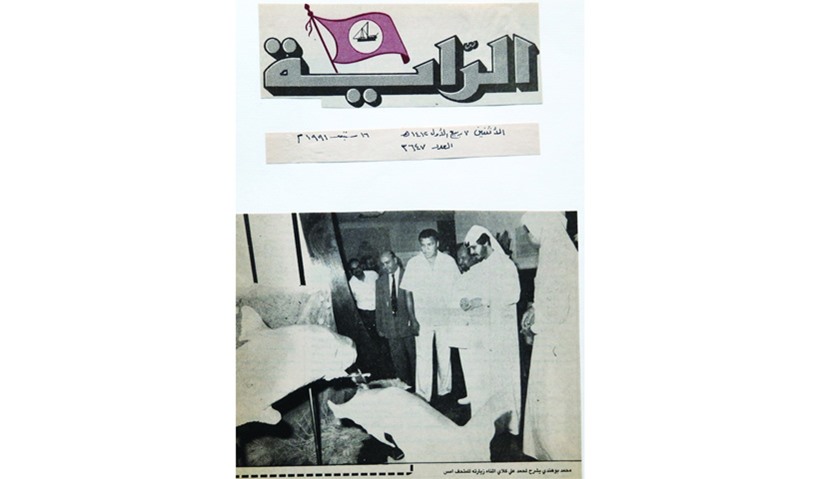
A clipping from Gulf Times sister Arabic daily Arrayah about Ali\'s visit to Qatar.
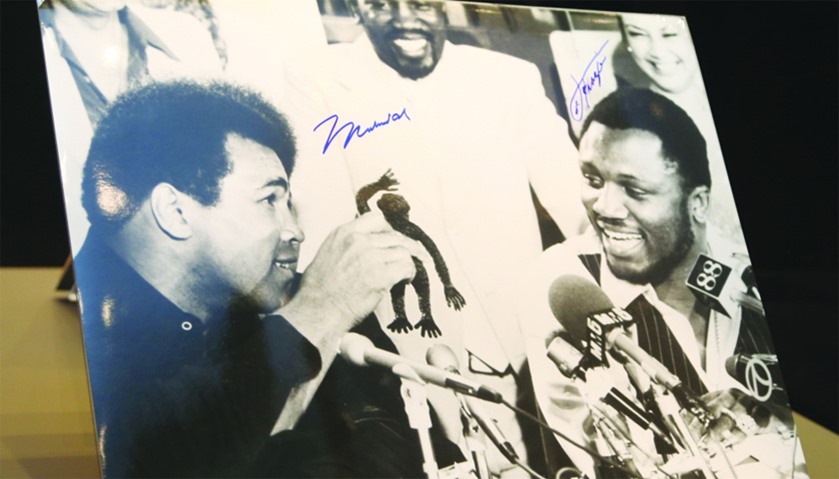
Muhammad Ali - Tribute to a Legend exhibition
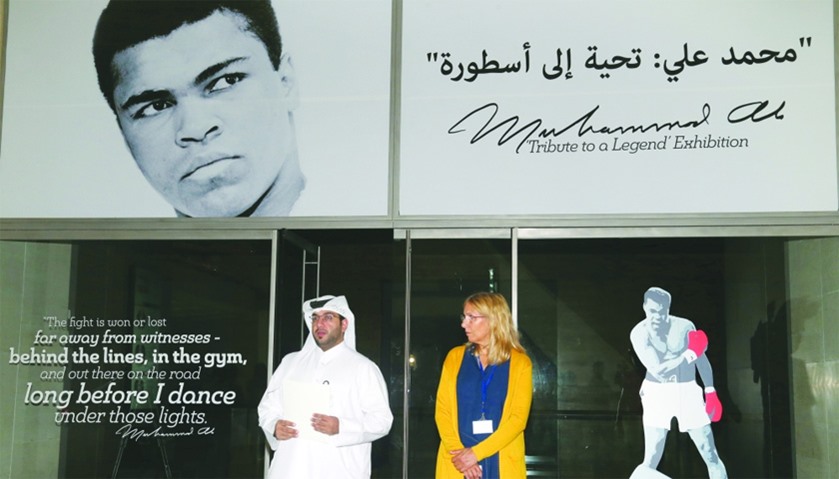
Al-Othman and Rees speak to reporters
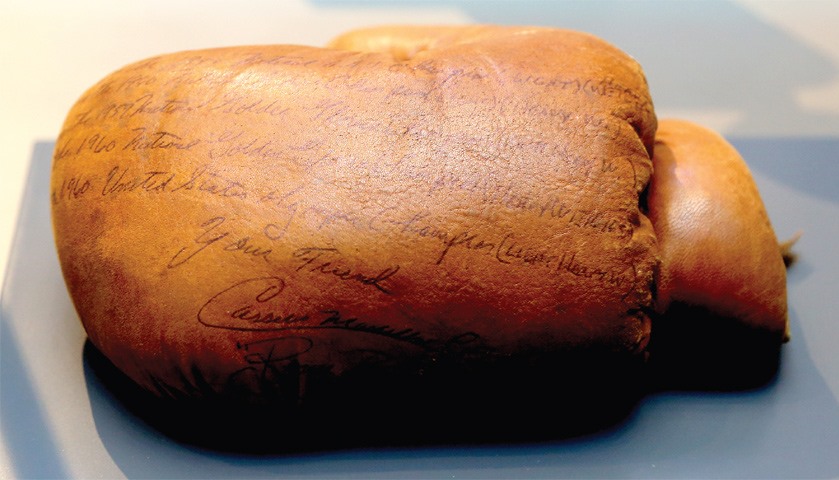
A signed boxing glove of then-Cassius Clay in 1960.
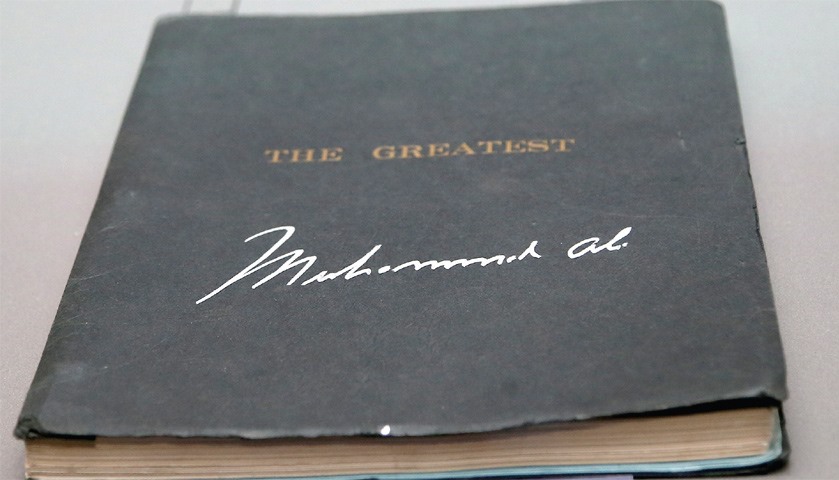
A signed 130-page production-used script of The Greatest by Muhammad Ali in 1977.
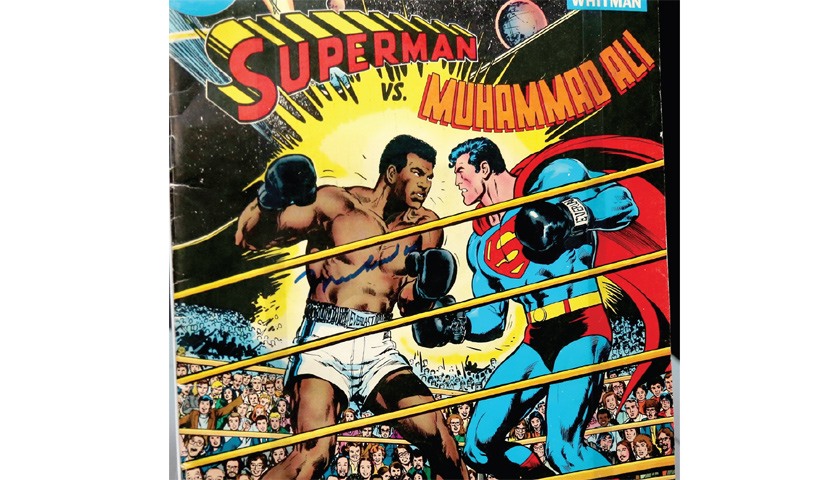
A comic book published by DC Comics in 1978 featuring Superman vs. Muhammad Ali.



